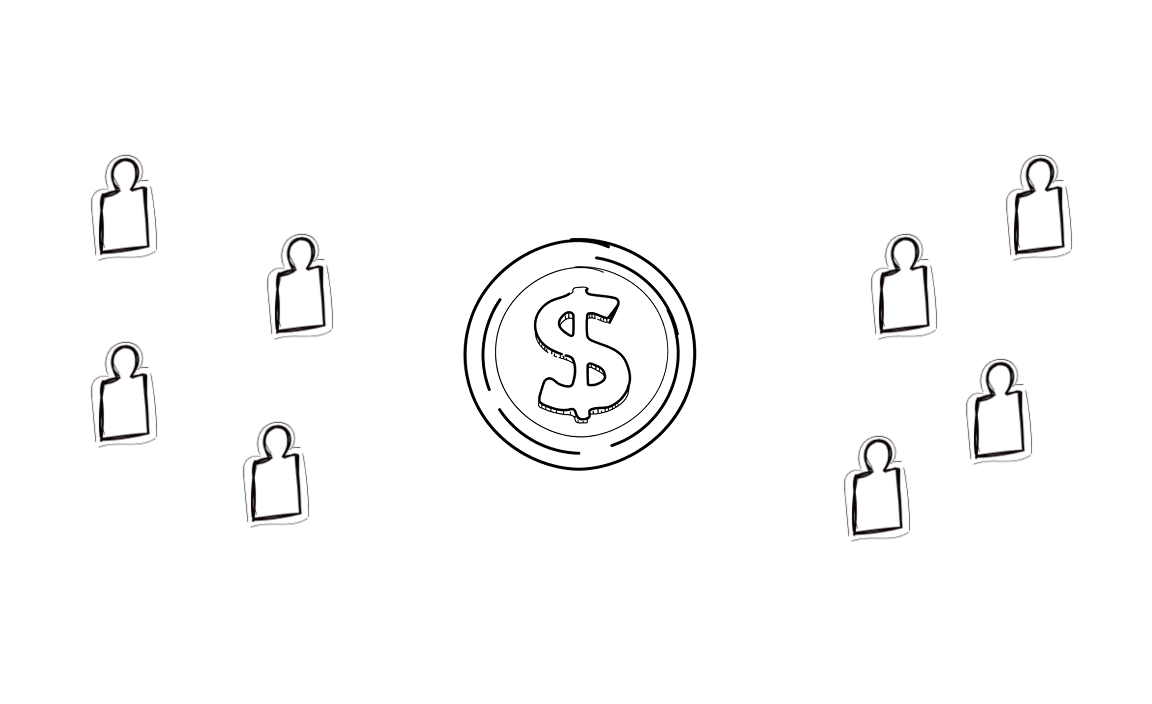Sales teams are often seen as the driving force behind revenue growth. However, even the most talented teams can struggle to close deals when hidden bottlenecks disrupt the process. These obstacles, while not always obvious, can slowly erode performance, causing missed opportunities and lost revenue. In this guide, we’ll take a deep dive into the reasons why sales teams fail, identify five critical bottlenecks that kill deals, and offer practical strategies to overcome them—all presented in a clear, structured format with actionable insights.
Why Should You Understand Sales Team Failures
Before we can fix the issues, it’s important to understand what underlies a failing sales process. Sales isn’t just about making calls and closing deals; sales is a complex process that involves coordination between marketing, customer support, and the sales team itself. When any part of this chain falters, the entire system suffers.
Sales teams often face challenges such as miscommunication, misaligned expectations, or ineffective processes that hinder their ability to engage prospects. The problem is rarely one-dimensional. Instead, multiple small issues can combine to create significant obstacles. Recognizing these hidden bottlenecks is the first step in creating a more efficient and productive sales process.
The Hidden Bottlenecks That Kill Deals
There are several common pitfalls that can cause even the best sales teams to falter. Below is a concise list of the five hidden bottlenecks that often derail successful sales efforts:
- Lack of Clear Communication: Miscommunication between team members, or between sales and other departments, can lead to misunderstandings and lost opportunities.
- Inefficient Lead Qualification: Spending too much time on unqualified leads dilutes focus and drains resources from more promising prospects.
- Poor Follow-Up Processes: Failing to follow up consistently or effectively can leave prospects feeling ignored and drive them toward competitors.
- Insufficient Training and Resources: Without up-to-date training and the right tools, sales reps can struggle to meet the evolving needs of the market.
- Fragmented Customer Data: When information is scattered across different systems, it becomes difficult to gain a complete view of prospects, leading to missed personalization opportunities.
Each of these issues can be subtle on its own, but together they form a cascade of inefficiencies that ultimately result in fewer closed deals.
Strategies to Overcome Bottlenecks
Addressing these hidden bottlenecks starts with a strategic approach that involves refining communication, processes, and technology. Here are some strategies to help you overcome each of the bottlenecks:
Enhancing Communication and Collaboration
Clear communication is the backbone of any successful sales team. It begins with ensuring that everyone—from sales reps to marketing and customer support—is on the same page. This alignment often requires effective content adaptation to ensure messaging resonates with different teams and customer segments. Regular meetings and open channels of communication can help align goals and share important insights.
Implementing a centralized communication tool can streamline the process. Whether it’s a dedicated messaging platform or integrated CRM software, having one place where everyone can access and share information helps minimize misunderstandings and fosters a culture of collaboration.
Streamlining Lead Qualification
Not all leads are created equal, and it’s crucial to focus efforts on those with genuine potential. Develop a robust lead qualification process that filters out unqualified prospects early on. This could involve setting clear criteria for what constitutes a qualified lead, such as budget, authority, need, and timeline.
Utilize tools that score leads based on their engagement with your brand. By prioritizing leads that show the most promise, your team can dedicate their time and energy to opportunities that are more likely to result in a sale.
Improving Follow-Up Processes
Follow-up is a critical part of the sales process, yet it’s often where many teams slip up. Implement a structured follow-up system that ensures no lead is left unattended. Automated reminders, scheduled calls, or personalized emails can make a big difference. If you collect leads via your website, consider a lead magnet tool that instantly delivers a personalized report to your respondent, to get them engaged right away.
Furthermore, consider using a CRM that tracks every interaction with a prospect, allowing you to see at a glance where each lead is in the sales funnel. This not only helps in maintaining consistency but also ensures that follow-ups are timely and relevant.
Investing in Training and Resources
Sales methodologies and market trends evolve, and your team needs to evolve with them. Regular training sessions are essential to keep your team updated on the latest techniques, tools, and market insights. This can be done through workshops, webinars, or one-on-one coaching sessions.
Invest in resources that enable continuous learning—be it through online courses, industry publications, or peer collaboration. When your team feels supported and well-equipped, they’re more confident and effective in their roles.
Unifying Customer Data
Fragmented data is a significant barrier to personalized engagement. Integrate your customer data into one unified system so that every interaction is informed by a complete picture of the prospect’s history. A centralized CRM system can collect data from various channels—emails, calls, social media, and more—making it easier to tailor your outreach.
When your team has access to comprehensive customer profiles, they can craft more personalized messages that resonate with individual prospects. This not only improves the chances of conversion but also builds trust and long-term relationships.
Real-Life Examples and Success Stories
Consider a mid-sized tech company that faced high turnover in its sales pipeline. In the marketplace website development sector, companies often face unique sales challenges that can be overcome with strategic process improvements. For example: By implementing a new CRM system that unified all customer data, they discovered that many leads were slipping through the cracks due to poor follow-up. With a streamlined follow-up process and better data integration, the company was able to re-engage dormant leads, resulting in a 25% increase in closed deals over six months.
In another instance, a financial services firm revamped its lead qualification process. They introduced clear criteria and automated lead scoring, which allowed sales reps to focus only on high-potential prospects. As a result, the team improved its conversion rate significantly, demonstrating that small process improvements can have a big impact.
These examples highlight that addressing hidden bottlenecks is about making several small, targeted improvements that together lead to dramatic gains in performance rather than implementing one massive.
Measuring Your Progress
Tracking your progress is crucial to understanding whether your efforts are paying off. Look at key performance indicators such as conversion rates, follow-up effectiveness, and customer feedback. These metrics will help you pinpoint where further adjustments are needed.
It’s also important to maintain an ongoing dialogue with your sales team. Regular feedback sessions can provide qualitative insights that complement your quantitative data, ensuring that you’re not only hitting your numbers but also building a supportive and efficient team environment.
Final Thoughts
Sales teams are the frontline of business growth, and their success is deeply influenced by the efficiency of their processes. The hidden bottlenecks—lack of clear communication, inefficient lead qualification, poor follow-up, insufficient training, and fragmented customer data—can silently erode performance and kill deals. However, by implementing targeted strategies to address these issues, you can transform your sales process into a well-oiled machine.
To recap:
- Clear communication and collaboration are essential.
- Streamlined lead qualification saves time and resources.
- Consistent and structured follow-ups keep prospects engaged.
- Regular training and the right resources empower your team.
- A unified view of customer data enables personalized outreach.
By addressing these bottlenecks head-on, your sales team can improve their efficiency, close more deals, and drive sustainable growth. Remember, every small improvement adds up to create a more robust sales process and, ultimately, a healthier bottom line.

